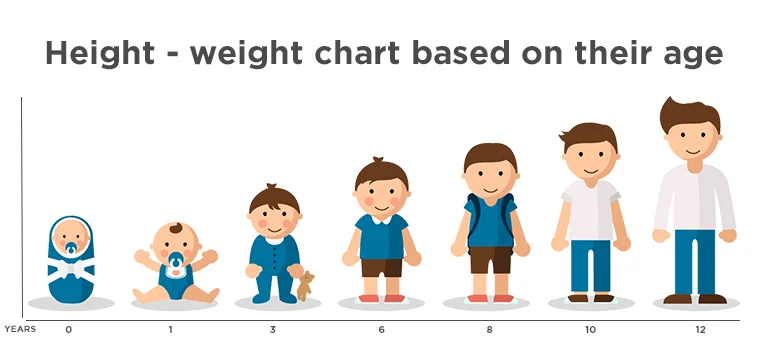Childhood obesity is a pressing public health concern that has garnered increasing attention in recent years due to its prevalence and significant impact on children’s health and well-being.
In this blog post, we will delve into the topic of childhood obesity, exploring its causes, consequences, and strategies for prevention and management.
Introduction
Understanding Childhood Obesity
Childhood obesity is defined as having a body mass index (BMI) at or above the 95th percentile for children of the same age and sex. It is a complex condition influenced by genetic, environmental, and behavioral factors. The rising rates of childhood obesity pose serious health risks and can lead to both immediate and long-term consequences for affected children.

Causes of Childhood Obesity
- Unhealthy Diet: The consumption of highly processed, calorie-dense foods high in sugar, fat, and salt contributes to weight gain.
- Lack of Physical Activity: Sedentary behaviors, such as excessive screen time and limited physical activity, are significant risk factors for obesity.
- Genetic Factors: Genetic predisposition can play a role in a child’s susceptibility to obesity.
- Environmental Factors: Socioeconomic status, access to healthy foods, and neighborhood safety can impact a child’s risk of obesity.
Impact of Childhood Obesity
- Physical Health: Childhood obesity increases the risk of developing chronic conditions such as type 2 diabetes, high blood pressure, heart disease, and musculoskeletal problems.
- Psychological Effects: Children with obesity may face stigmatization, poor self-esteem, and mental health issues like depression and anxiety.
- Academic Performance: Obesity has been linked to decreased academic performance and cognitive function in children.
- Long-Term Consequences: Children with obesity are more likely to remain obese into adulthood, increasing their risk of ongoing health problems.
Children Weight
It is important to note that weight can vary widely among children due to factors such as genetics, body composition, and growth patterns. However, the Centers for Disease Control and Prevention (CDC) provides growth charts that are used to monitor a child’s weight and growth in comparison to other children of the same age and sex.
The CDC growth charts include percentiles that help indicate how a child’s weight compares to that of other children. For example:
- A child at the 50th percentile weighs more than 50% of children of the same age and sex and less than 50% of children.
- A child at the 75th percentile weighs more than 75% of children and less than 25% of children, and so on.
Pediatricians typically use these growth charts to track a child’s weight and growth over time and ensure they are within a healthy range for their age and sex. If you have concerns about your child’s weight or growth, it is recommended to discuss these with a healthcare provider.

Prevention and Management Strategies
- Healthy Eating Habits: Encourage children to consume a balanced diet rich in fruits, vegetables, whole grains, and lean proteins.
- Physical Activity: Promote regular physical activity and limit sedentary behaviors by engaging children in sports, outdoor play, and recreational activities.
- Family Involvement: Involve the whole family in adopting healthy lifestyle habits to create a supportive environment for the child.
- Education and Awareness: Raise awareness about the importance of childhood obesity prevention through school programs, community initiatives, and healthcare providers.
- Access to Nutritious Foods: Ensure access to affordable, healthy foods in communities and schools to support healthy eating habits.
Conclusion: Nurturing Healthier Futures for Children
Childhood obesity is a multifaceted issue that requires a comprehensive approach involving families, schools, healthcare providers, policymakers, and communities. By addressing the root causes of obesity and promoting healthy lifestyle habits early in life, we can empower children to lead healthier, happier futures free from the burden of obesity-related health risks. Working together to create supportive environments that prioritize nutrition, physical activity, and overall well-being, we can combat childhood obesity and nurture a generation of healthier and thriving children.


